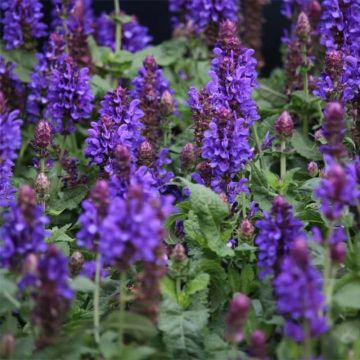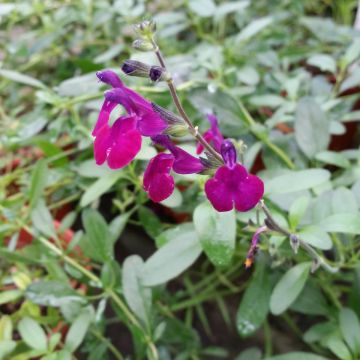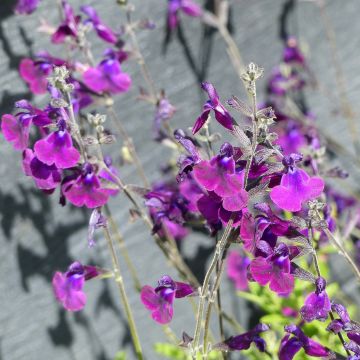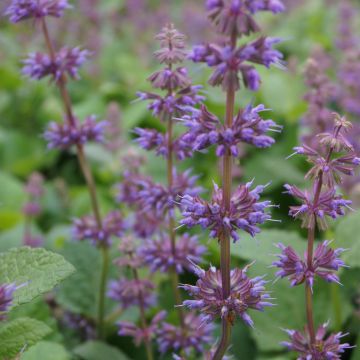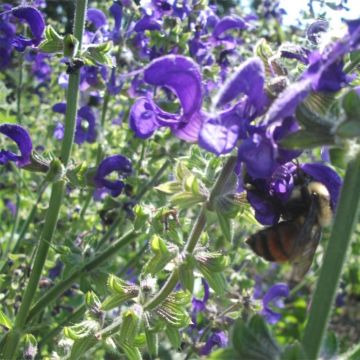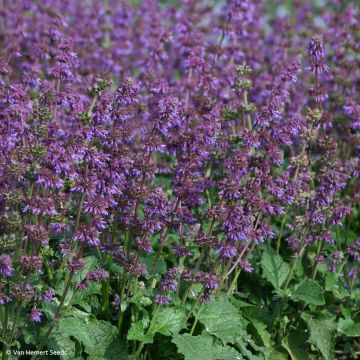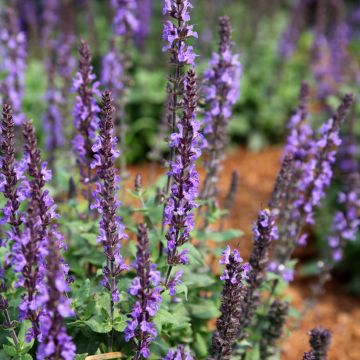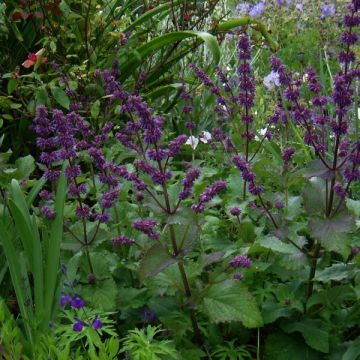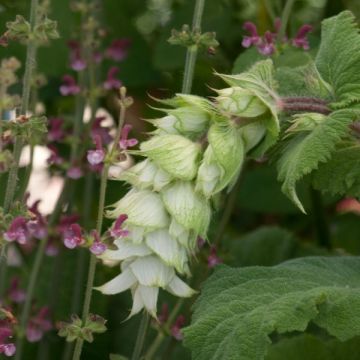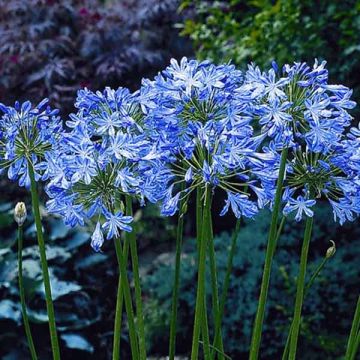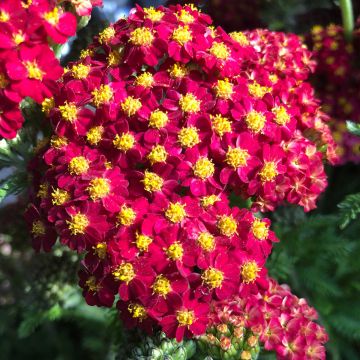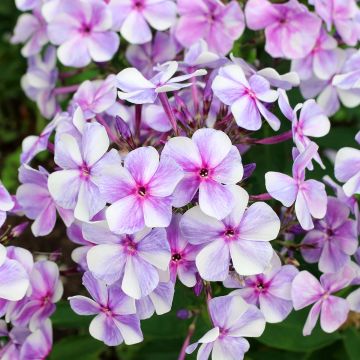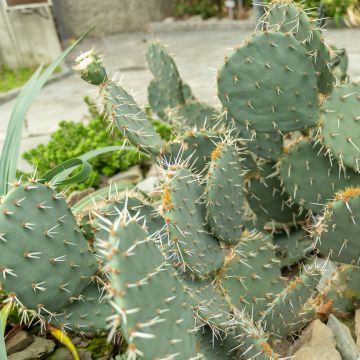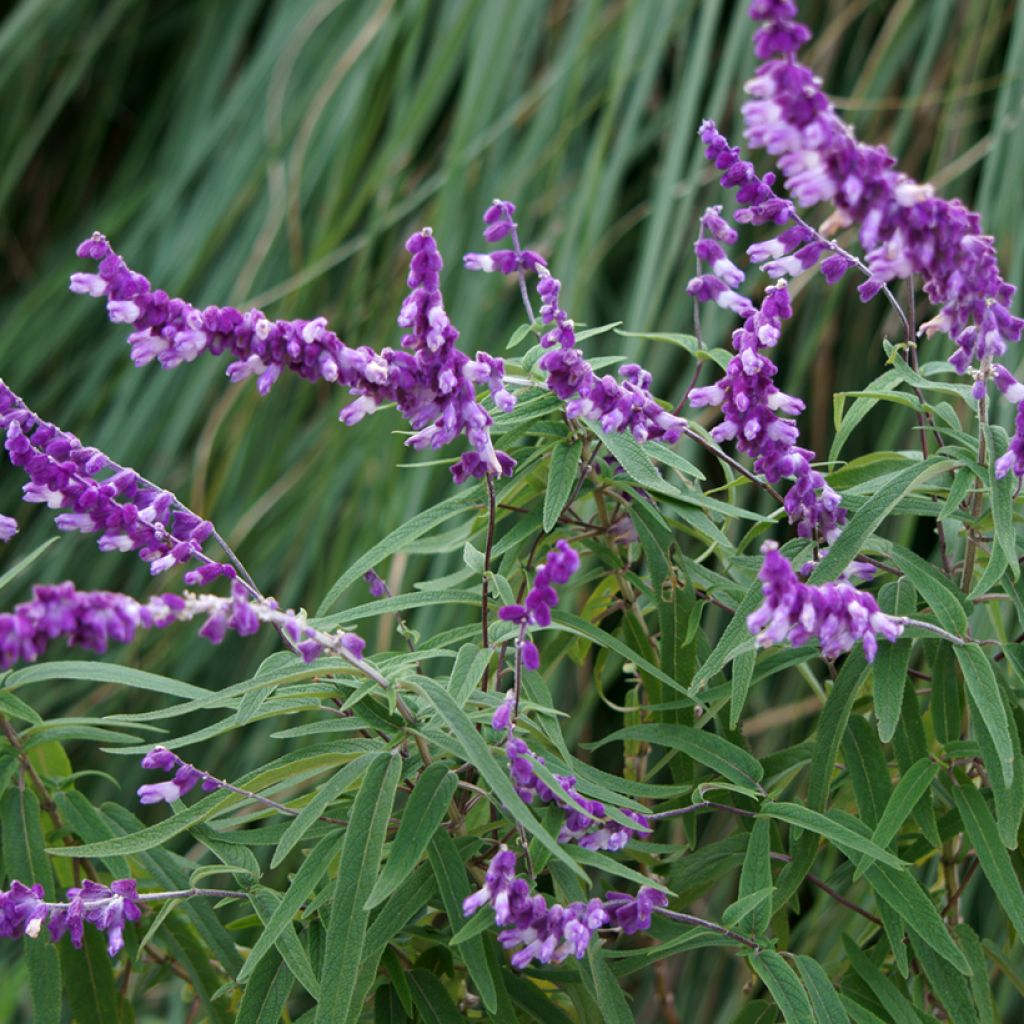

Salvia leucantha


Salvia leucantha
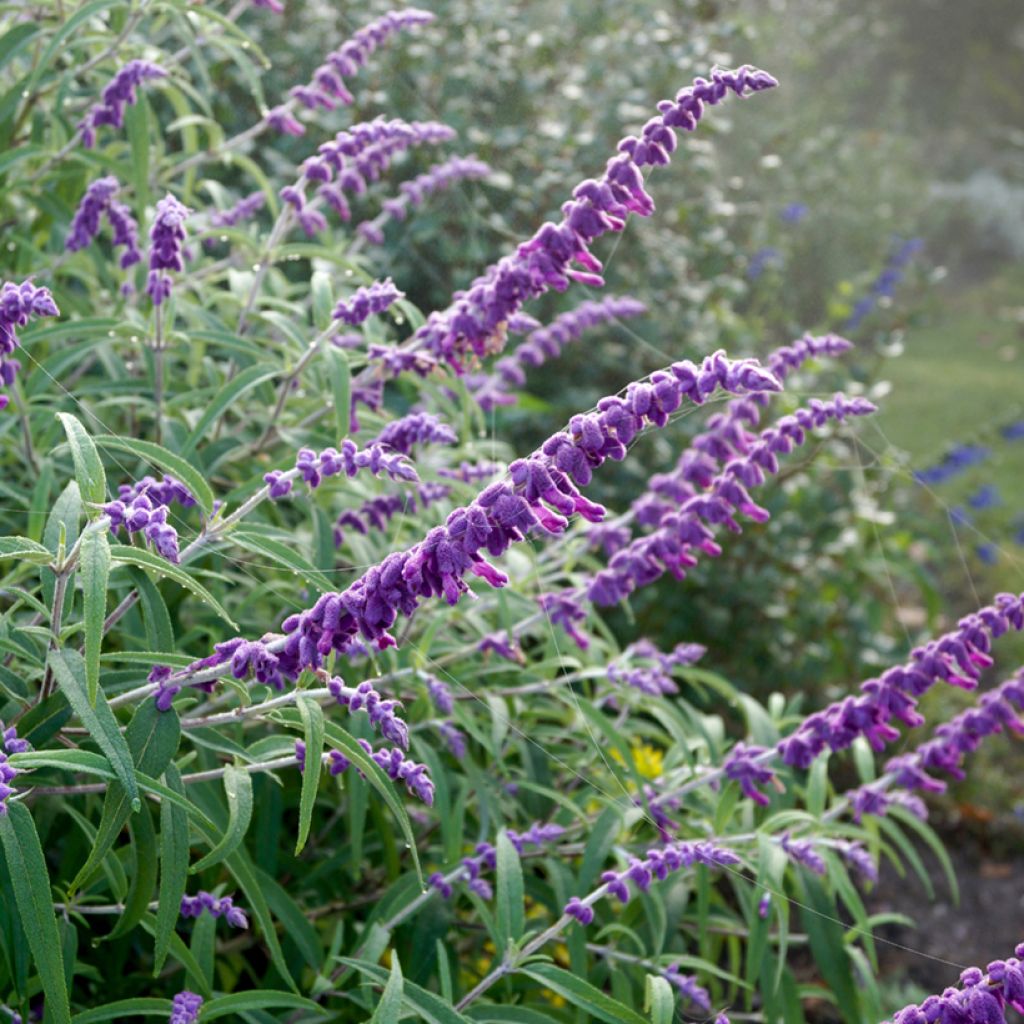

Salvia leucantha
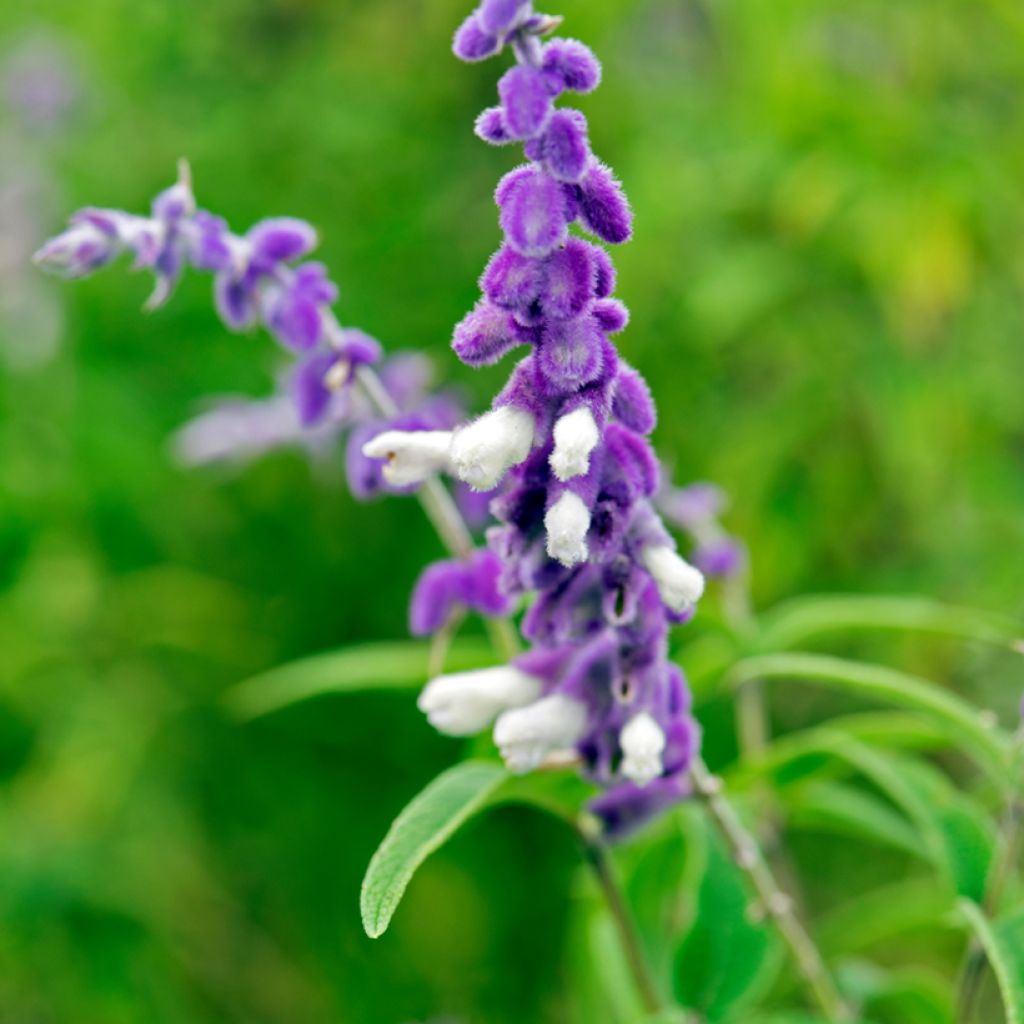

Salvia leucantha


Salvia leucantha


Salvia leucantha
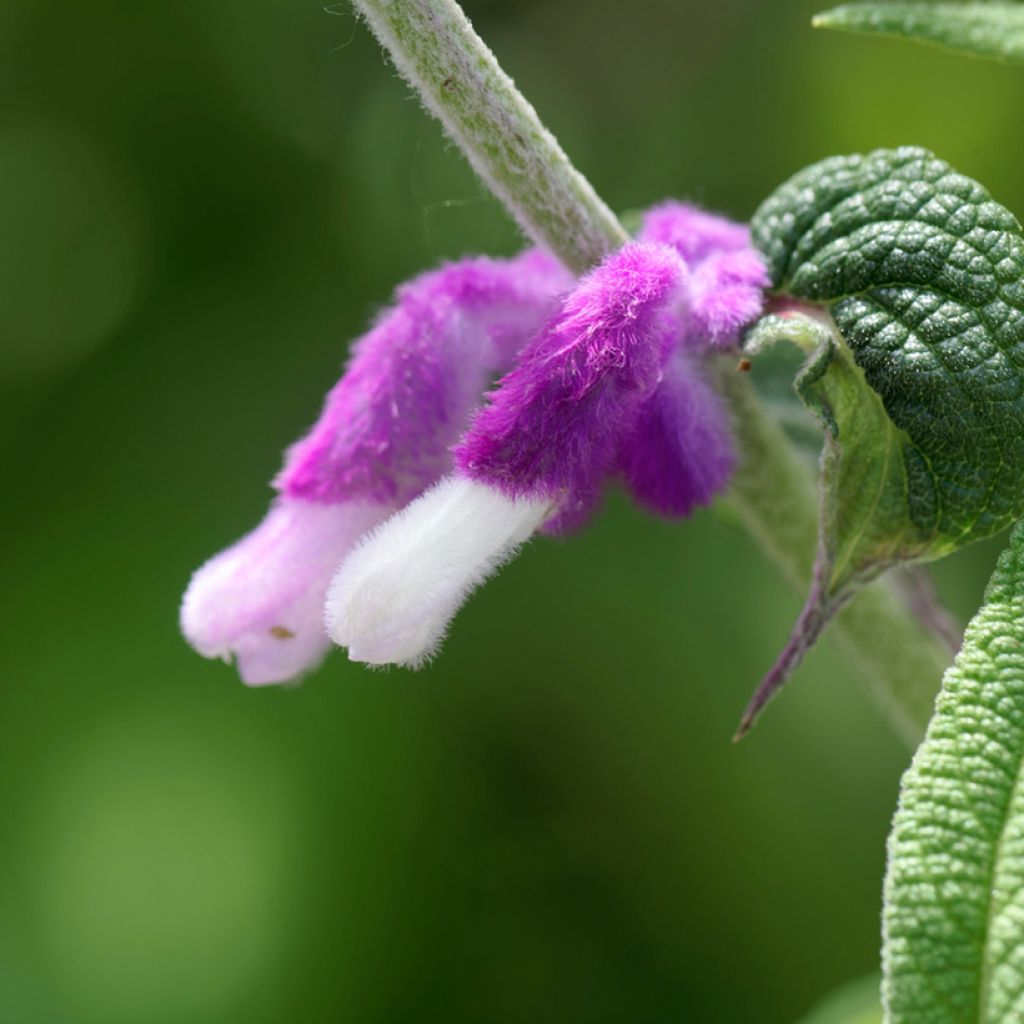

Salvia leucantha


Salvia leucantha


Salvia leucantha
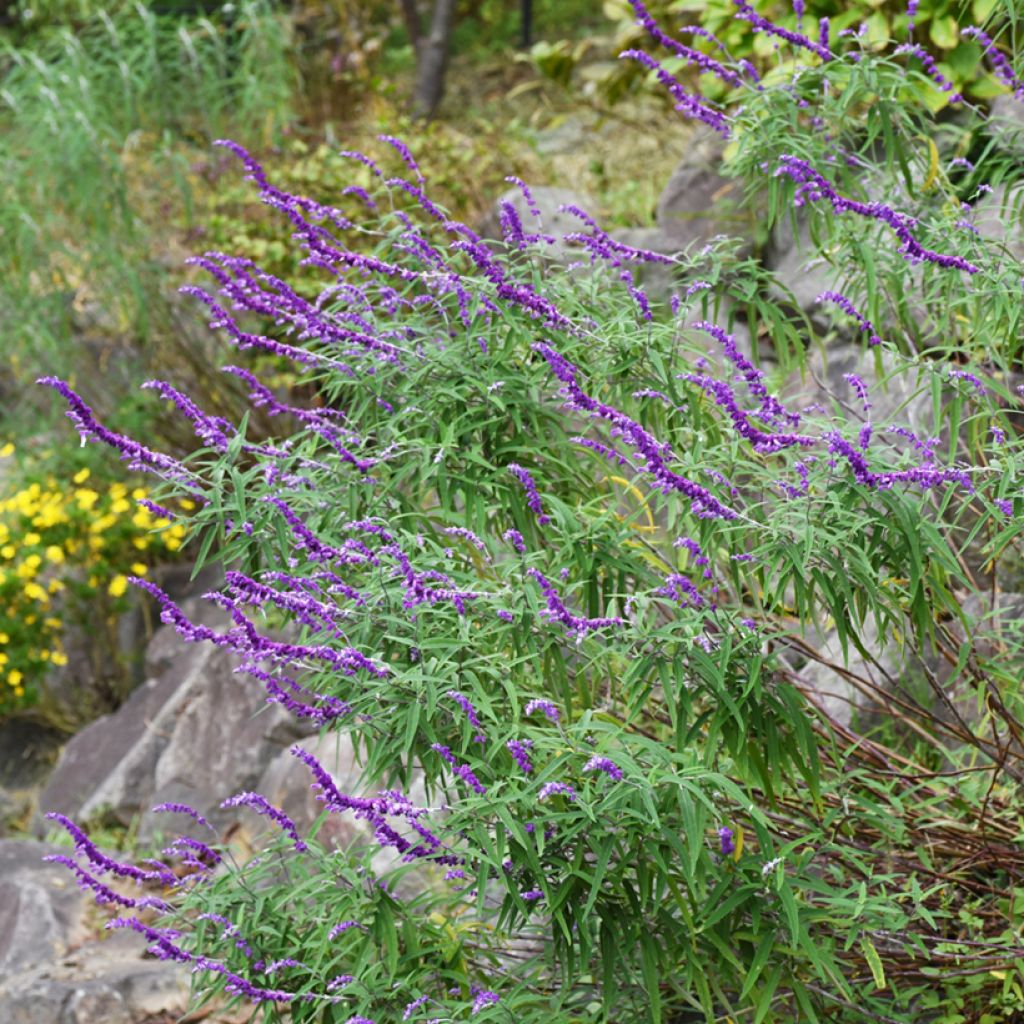

Salvia leucantha


Salvia leucantha
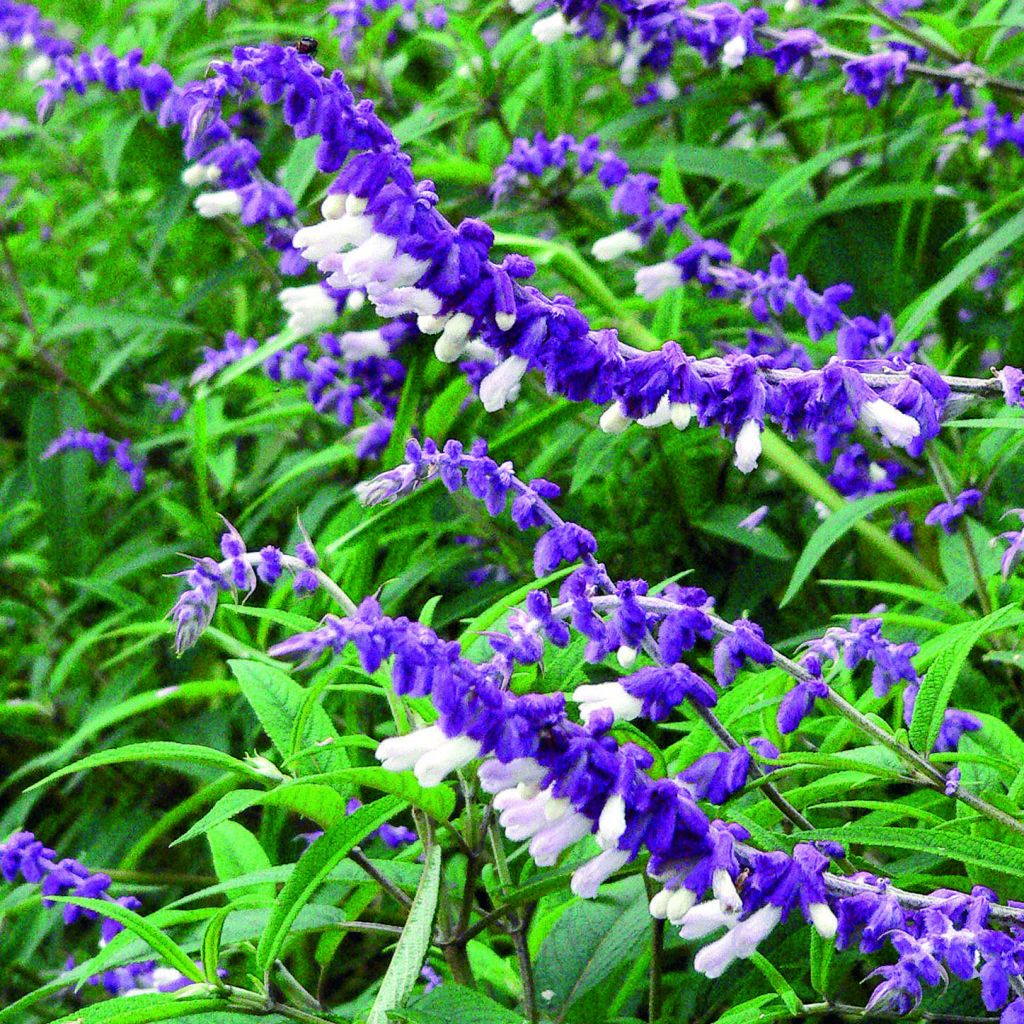

Salvia leucantha
Salvia leucantha
Salvia leucantha
Mexican Sage
Upon the arrival of the young plant, 3 small brown sticks. Planted immediately in the open ground, I had good hope that it would still take... But no, extremely disappointed, I believe that the plant was already well and truly dead. So disappointed and dissatisfied with my purchase.
Ophélie, 11/05/2023
Why not try an alternative variety in stock?
View all →This item cannot be shipped to the selected country
Delivery charge from €5.90
Delivery to Corse prohibited
More information
Schedule delivery date,
and select date in basket
This plant carries a 6 months recovery warranty
More information
We guarantee the quality of our plants for a full growing cycle, and will replace at our expense any plant that fails to recover under normal climatic and planting conditions.
From €5.90 for pickup delivery and €6.90 for home delivery
Express home delivery from €8.90.
Delivery to Corse prohibited: UE law prohibits the import of this plant from mainland France to Corse as part of the fight against Xylella fastidiosa. Please accept our sincere apologies.
More information

Does this plant fit my garden?
Set up your Plantfit profile →
Description
The Salvia leucantha, also known as Mexican bush sage or white-flowered sage, is a beautiful perennial or evergreen sub-shrub in milder climates, remarkably floriferous at a time when flowers are rare in the garden. From autumn to spring, it has arching spikes bearing countless small white flowers engulfed in velvety purple-violet calyxes. This aromatic and medicinal plant is attractive for its simplicity, its abundance of flowers, its grey-green foliage, which remains beautiful all year round, and its adaptability. It is half-hardy in damp, cold climates, but proves robust and resilient in milder climes. All it needs to thrive is light, not too dry, well-drained soil in a sunny or semi-shady spot.
The Salvia leucantha, like all salvias, belongs to the family Lamiaceae or Labiatae. It is native to subtropical and tropical coniferous forests located in central and eastern Mexico, which explains its lack of hardiness. The plant forms a beautiful tuft composed of semi-woody and hairy stems carrying large lanceolate leaves, soft green to grey on the upper side, covered with a silvery felt on the underside. It reaches a height of 80 cm (31.5 in) to 1 m (3.3 ft), with a diameter of approximately 80 cm (31.5 in). The nectar and pollen-rich flowering season is particularly long-lasting; it starts in November or December and lasts until March, in open ground in mild climates or in a cold greenhouse in cold climates. The stems are square in cross-section and bear white flowers surrounded at the base by a velvety, purple-blue, amethyst-purple or purplish-lavender calyx. The inconspicuous flowers are composed of two lips, white to pinkish in colour. The evergreen foliage is made up of thick, long, narrow leaves with toothed edges. The plant's tissues contain an essential oil with interesting properties that has recently been studied. Hardy above -5°C (23°F) in a protected location and in dry soil during winter.
In the wild, Mexican bush sage grows in rather moist, but well-drained soils, in a subtropical to tropical climate. This generous and unusual plant is perfect for the middle of a border, possibly in combination with the grey foliage of shrubby wormwoods. Placed in front of a small winged spindle tree (Eunymus alatus compactus), a smoke tree (Cotinus), or a plum-leaved spirea, its violet flowers will seem to spring out from their flamboyant autumn foliage. In regions with mild winters, it can form beautiful, low, free-flowering hedges. Use with gauras, tall sedums (Sedum 'Matrona'), shrubby potentillas and beautiful autumn foliage (Euonymus alatus 'Compactus', Nandina domestica 'Firepower') to create an elegant scene. On the terrace, plant it in a large pot so that you can shelter it from heavy frosts during winter.
With over 900 species of annuals, perennials, and soft-woody shrubs distributed throughout the globe, except in very cold regions and the rainforest, the genus Salvia is the largest in the Lamiaceae family. The name Salvia, which dates back to Roman times, comes from the Latin salvus "healthy" alluding to the medicinal virtues of common sage.
Report an error about the product description
Salvia leucantha in pictures






Flowering
Foliage
Plant habit
Botanical data
Salvia
leucantha
Lamiaceae
Mexican Sage
Central America
Other Salvia - Sage
Planting and care
Plant Salvia leucantha after spring frosts in cold climates or in September-October in warm climates. Put it in light, moist soil that is not too poor and does not dry out, to encourage flowering. This plant thrives in sunny situations or, at the very least, partial shade where it tends to lean over in search of light. To flower well it requires regular watering in the event of drought. In poor soil, incorporate a little well-decomposed compost or leaf mould. Mulch it in winter and in colder regions, protect it from the cold and rain as much as possible. Plant it in the most sheltered corner of the garden, on a sandy slope, or any soil that does not retain moisture, which would be fatal to it in winter. It is excellent for container gardening, allowing gardeners in colder climates to keep it under cover in the winter.
Container gardening:
Salvia leucantha should be placed in full sun from May onwards and stored in a cool, frost-free location in autumn. Good air circulation is important for the health of the foliage which should be able to dry out quickly. It can be prone to scale insect attacks indoors or in a greenhouse. Watering should be greatly reduced during the winter period. Prune severely in spring.
In milder regions, such as oceanic or Mediterranean climates, outdoor cultivation is perfectly feasible, allowing this extensive perennial to form huge flowering bushes. The soil should be kept slightly moist in summer, and the plant watered frequently during the growing season. Cut it back in autumn and cover the base with straw and a waterproof tarpaulin weighted down to protect the plant from cold and damp.
Planting period
Intended location
Care
-
, onOrder confirmed
Reply from on Promesse de fleurs
Summer flowering perennials
Haven't found what you were looking for?
Hardiness is the lowest winter temperature a plant can endure without suffering serious damage or even dying. However, hardiness is affected by location (a sheltered area, such as a patio), protection (winter cover) and soil type (hardiness is improved by well-drained soil).

Photo Sharing Terms & Conditions
In order to encourage gardeners to interact and share their experiences, Promesse de fleurs offers various media enabling content to be uploaded onto its Site - in particular via the ‘Photo sharing’ module.
The User agrees to refrain from:
- Posting any content that is illegal, prejudicial, insulting, racist, inciteful to hatred, revisionist, contrary to public decency, that infringes on privacy or on the privacy rights of third parties, in particular the publicity rights of persons and goods, intellectual property rights, or the right to privacy.
- Submitting content on behalf of a third party;
- Impersonate the identity of a third party and/or publish any personal information about a third party;
In general, the User undertakes to refrain from any unethical behaviour.
All Content (in particular text, comments, files, images, photos, videos, creative works, etc.), which may be subject to property or intellectual property rights, image or other private rights, shall remain the property of the User, subject to the limited rights granted by the terms of the licence granted by Promesse de fleurs as stated below. Users are at liberty to publish or not to publish such Content on the Site, notably via the ‘Photo Sharing’ facility, and accept that this Content shall be made public and freely accessible, notably on the Internet.
Users further acknowledge, undertake to have ,and guarantee that they hold all necessary rights and permissions to publish such material on the Site, in particular with regard to the legislation in force pertaining to any privacy, property, intellectual property, image, or contractual rights, or rights of any other nature. By publishing such Content on the Site, Users acknowledge accepting full liability as publishers of the Content within the meaning of the law, and grant Promesse de fleurs, free of charge, an inclusive, worldwide licence for the said Content for the entire duration of its publication, including all reproduction, representation, up/downloading, displaying, performing, transmission, and storage rights.
Users also grant permission for their name to be linked to the Content and accept that this link may not always be made available.
By engaging in posting material, Users consent to their Content becoming automatically accessible on the Internet, in particular on other sites and/or blogs and/or web pages of the Promesse de fleurs site, including in particular social pages and the Promesse de fleurs catalogue.
Users may secure the removal of entrusted content free of charge by issuing a simple request via our contact form.
The flowering period indicated on our website applies to countries and regions located in USDA zone 8 (France, the United Kingdom, Ireland, the Netherlands, etc.)
It will vary according to where you live:
- In zones 9 to 10 (Italy, Spain, Greece, etc.), flowering will occur about 2 to 4 weeks earlier.
- In zones 6 to 7 (Germany, Poland, Slovenia, and lower mountainous regions), flowering will be delayed by 2 to 3 weeks.
- In zone 5 (Central Europe, Scandinavia), blooming will be delayed by 3 to 5 weeks.
In temperate climates, pruning of spring-flowering shrubs (forsythia, spireas, etc.) should be done just after flowering.
Pruning of summer-flowering shrubs (Indian Lilac, Perovskia, etc.) can be done in winter or spring.
In cold regions as well as with frost-sensitive plants, avoid pruning too early when severe frosts may still occur.
The planting period indicated on our website applies to countries and regions located in USDA zone 8 (France, United Kingdom, Ireland, Netherlands).
It will vary according to where you live:
- In Mediterranean zones (Marseille, Madrid, Milan, etc.), autumn and winter are the best planting periods.
- In continental zones (Strasbourg, Munich, Vienna, etc.), delay planting by 2 to 3 weeks in spring and bring it forward by 2 to 4 weeks in autumn.
- In mountainous regions (the Alps, Pyrenees, Carpathians, etc.), it is best to plant in late spring (May-June) or late summer (August-September).
The harvesting period indicated on our website applies to countries and regions in USDA zone 8 (France, England, Ireland, the Netherlands).
In colder areas (Scandinavia, Poland, Austria...) fruit and vegetable harvests are likely to be delayed by 3-4 weeks.
In warmer areas (Italy, Spain, Greece, etc.), harvesting will probably take place earlier, depending on weather conditions.
The sowing periods indicated on our website apply to countries and regions within USDA Zone 8 (France, UK, Ireland, Netherlands).
In colder areas (Scandinavia, Poland, Austria...), delay any outdoor sowing by 3-4 weeks, or sow under glass.
In warmer climes (Italy, Spain, Greece, etc.), bring outdoor sowing forward by a few weeks.





































